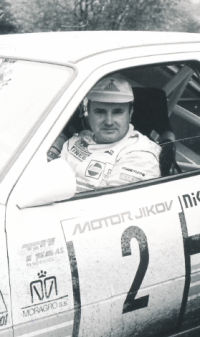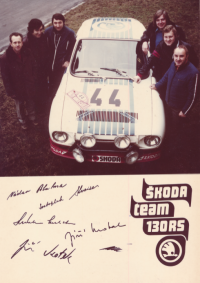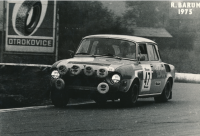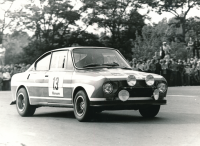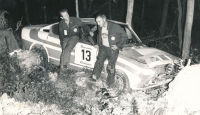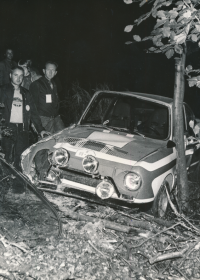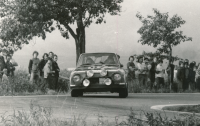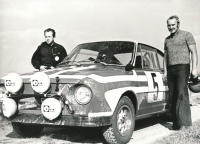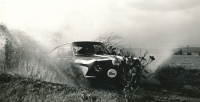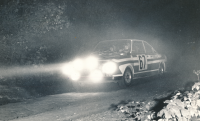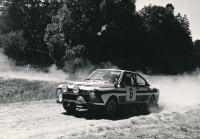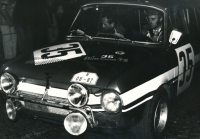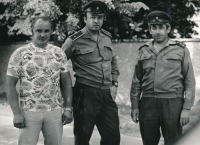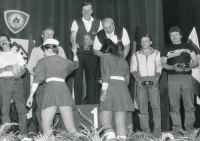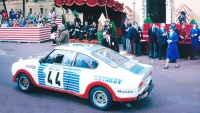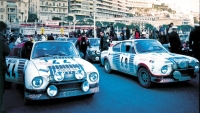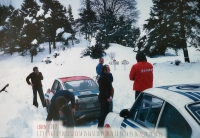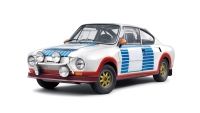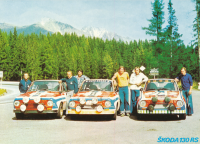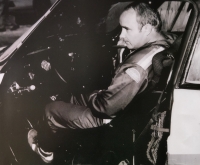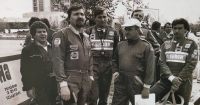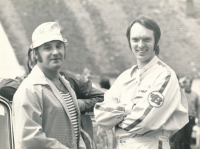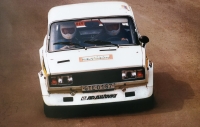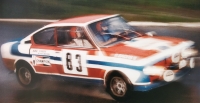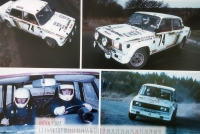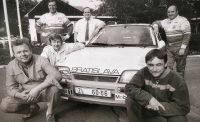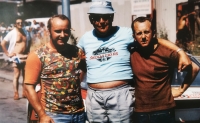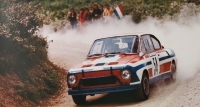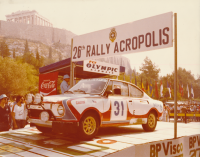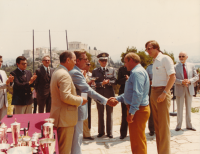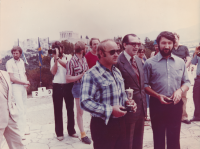They made the Škoda the Porsche of the East in Monaco. Then the Communist Party deceived them.
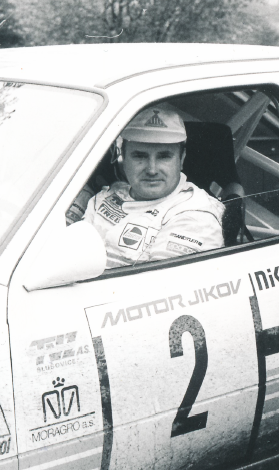
Stáhnout obrázek
Václav Blahna was born in Příbram on 26 February 1948. His father Václav worked as a teacher, his mother Květa was a housewife. In his early childhood, Václav Blahna overcame six bouts of pneumonia. His maternal grandfather and grandmother, František and Marie Knížeks, lost their savings for a new barn in 1953 due to the communist currency reform. Having graduated from the eleventh grade, Václav Blahna became an auto mechanic and worked as a receiving technician at the Drupol garage in Příbram. He experienced the occupation of Czechoslovakia by the Warsaw Pact troops on 21 August 1968 during the initial weeks of his mandatory military service in Brdy. Contradictory orders were coming to the barracks depending on the political thinking of different commanders. He left the military in 1970 and drove a rally race car in Drupol colours. He learned to drive and modify production cars into competition cars with the Sedlčany rally driver Antonín Dolejš. Antonín Dolejš recommended him to the Barum team. In 1976, with co-driver Lubislav Hlávka, he went to the AZNP Škoda Mladá Boleslav factory team. In 1977, he finished twelfth overall in the famous Monte Carlo Rally with a Škoda 130 RS and won the class for cars with engines up to 1300cc. After his famous return from the Monte Carlo in Monaco, the successful drivers were abused by the Communist Party of Czechoslovakia (CPC) and Václav Blahna had to read out a text condemning the Charter 77 declaration. Communist Party officials forced him to join the party, but he refused even though they threatened him with forbidding him to race in Western Europe. They did not dare to punish him because of his achievements, however. In 1979 and 1981, he represented Czechoslovakia with a Skoda 130 RS at the prestigious Acropolis Rally. He came eighth overall every time, first with Jiří Motal and then with Pavel Schovánek. He left the factory team in 1981. Less than two years later, he joined the Slušovice JZD team as a rally driver. He met the cooperative‘s chairman František Čuba who promoted elements of the market economy even under the communist regime. He finished his racing career in 1997, having won the Golden Steering Wheel award for the best domestic racer of the year four times. He ran a car service business, working for both regular customers and competition drivers. He and his wife Marcela raised a son and a daughter. In 2024, he was living in Prague and still providing services in his car repair shop. We were able to record the witness‘s recollection thanks to the support of the Tipsport Foundation.
